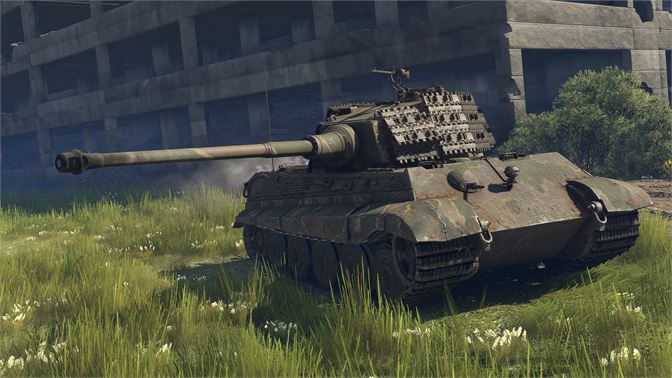
If you miss your first shot (too short or too long), you will usually only have to adjust slightly to hit the next shot. Once you know the range for a given calibrated horizontal size of that target type compared to the three triangles in the gunsight in the direction you are seeing it from (front, side, or rear), you can immediately note how big it actually looks now in the horizontal direction compared to the same three triangles (say, about half as big - double the calibration range - or about a third as big - triple the calibration range - or about twice as big - half the calibration range - etc.) and use this to get a good first range setting for your gun (the closer the range and the bigger the target looks, the less effect small errors in range estimation will be). Range varies linearly/directly with width - if the target is half as wide in the gunsight, it is twice as far away as the calibration range, and twice as wide means it is at half of the known calibration range (usually what it looks like at 500 or 1000 meters for the given target type and the direction it is facing you - front, side, or rear - is given in a document).

Gunsight range needs to know what is the size of the target at a given “calibration” range in mils (found out by seeing what hits when the target fills up a certain known fraction of the space between the two outer triangles or from a document given out by the German Army for its gunners). Don’t try to pronounce Strahlensatz or everyone will think you’re angry It’s all just a simplified version of…some stuff you learned in math (or maybe not), dunno what it’s called in english. That would be exactly the same way your gunner determines the range in war thunder (unless he has an LRF, fucking wimps) You just slap those values into the formula and go 7m/4mil=1,75km meaning the T34 is about 1750m away. So you want to find the range to a T34 which is standing sideways to you.Ī T-34 is about 7m (yeah yeah, 6,75m and a blonde one but we all know those dont make a difference) In german it’s known as the “MKS-Formel” (Meters for width, Kilometer for distance and Strich for the number of mils) and you can roll it around any way you want. Then, using the width/length/whatever of the target you can determine the range by. The middle big fat chevron is 4 mils wide (or “strich” which is german for line but they’re exactly the same 1 mil = 1/3600) and you basically just check how many mils the target fills out on the on the scope.

The rangefinding aspect on this optic is actually fairly simple, but it requires some maths to use.īasically it works the same way foresters determine the height of a tree with their thumb, or modern “mil-dot” reticles determine range.


 0 kommentar(er)
0 kommentar(er)
